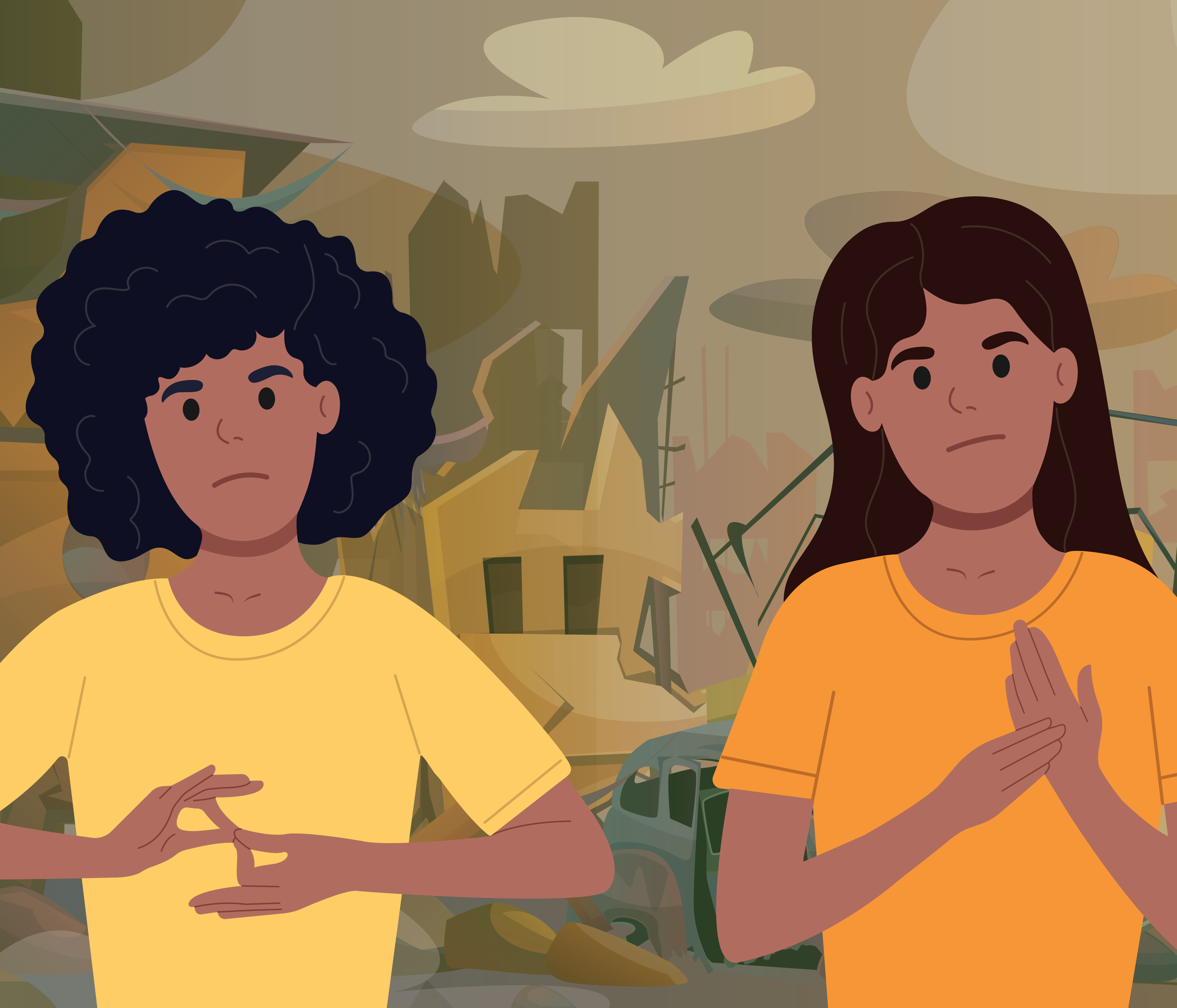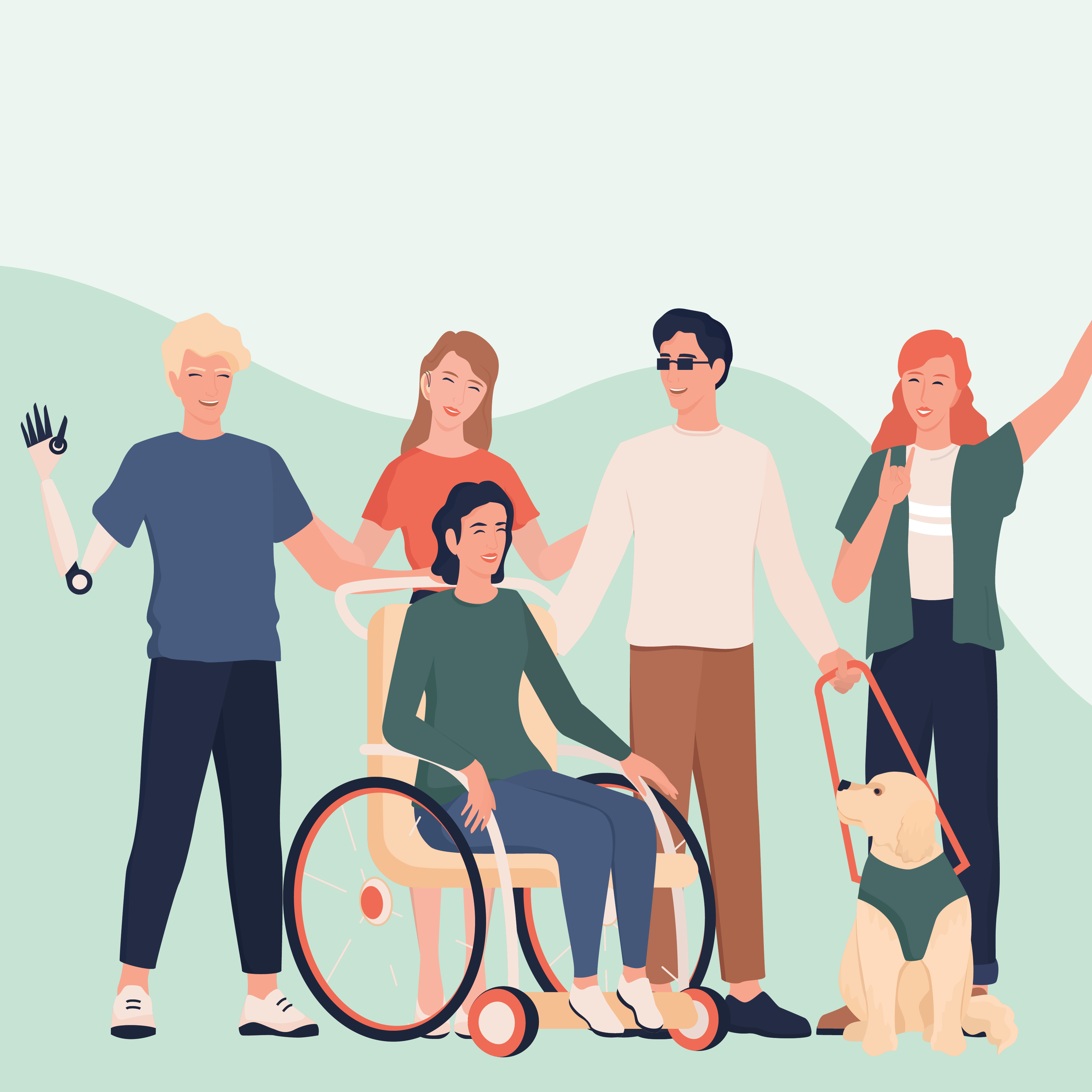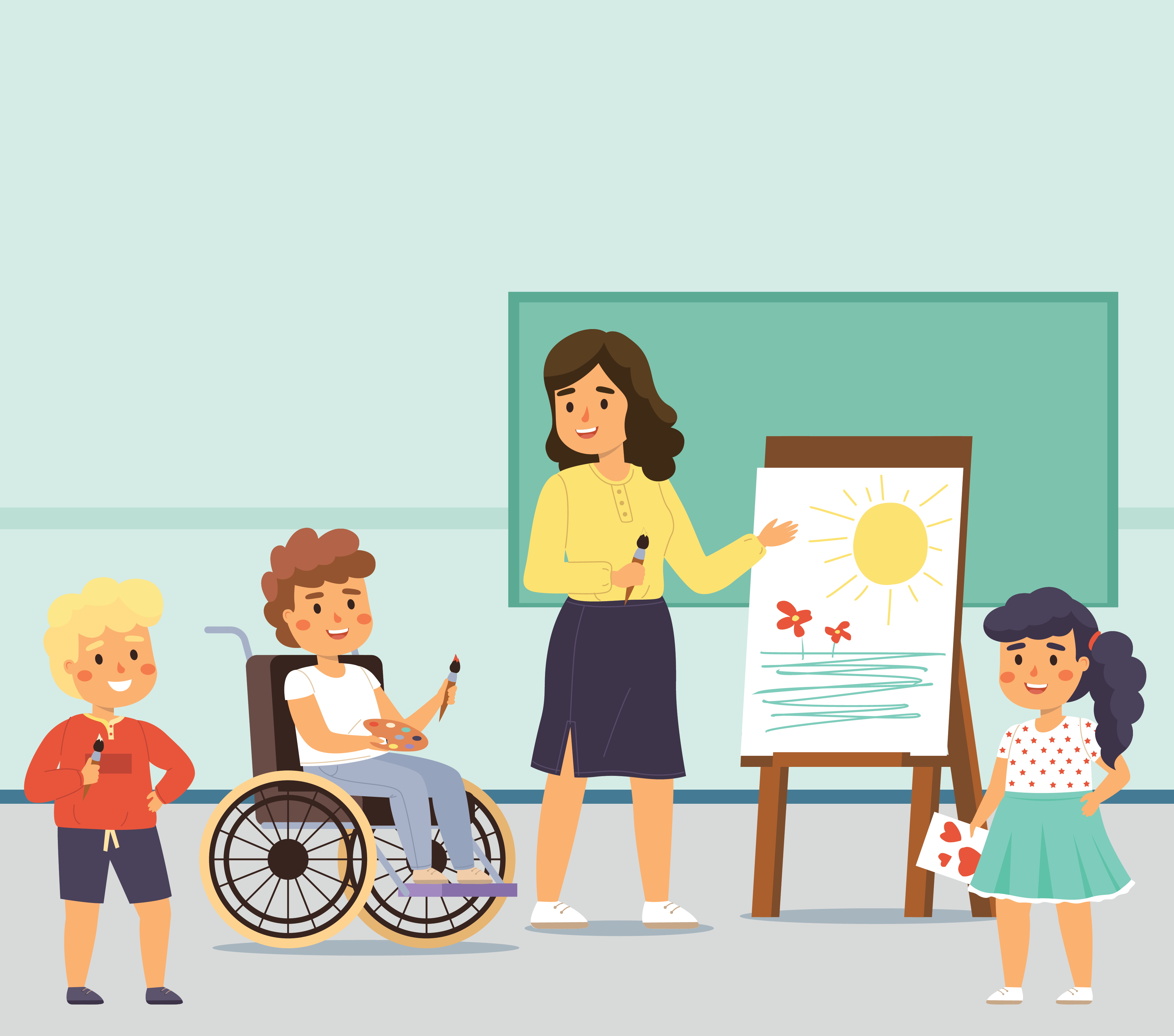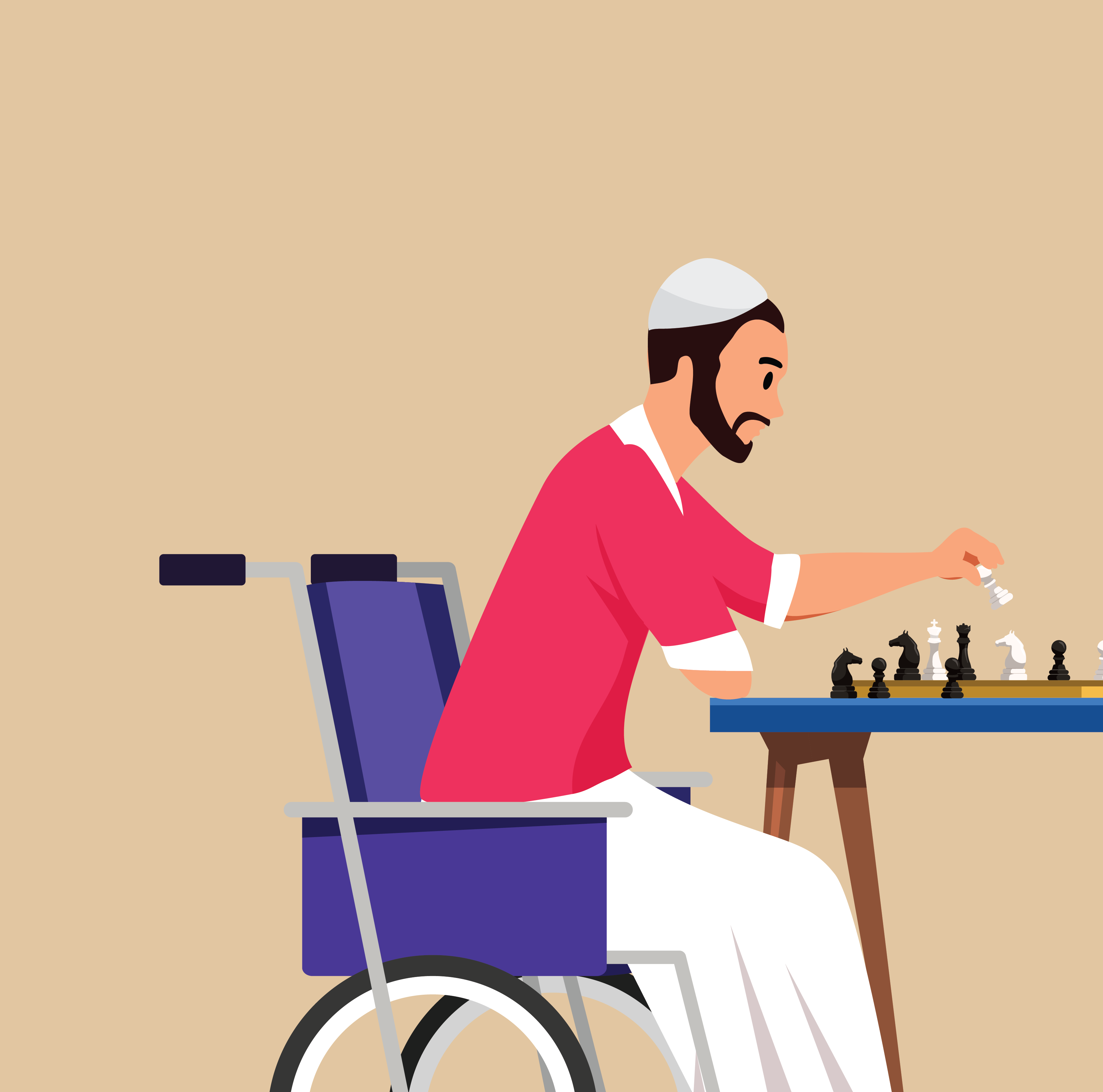
SBC Disability Toolkit - Module 3: Understanding and engaging communities
Addressing stigma and discrimination toward children and youth with disabilities through SBC
Introduction
Sarah’s story part 3:
And then, there were the neighbors. I remember clearly being in the playground – and while other children were curious, their parents were careful. They did not necessarily want their kids to be around a child who walks funny and takes ages to speak. But the worst was the staring. Everywhere. Every time. Only after many years, having moved to a bigger city, having access to assistive devices, constantly engaging with people around me, did I feel that there was less staring – or maybe I just chose not to notice.
Overview of Module 3:
In this module, you will learn about ways to engage with communities in order to influence changes in social norms and practices that impact children with disabilities and their caregivers. In previous modules, we discussed how to engage in participatory research and empower children with disabilities and their caregivers; now, we broaden our lens to communities.
After you have completed this module, you should be able to:
- Explain the role of community engagement in SBC programming.
- Describe how community engagement processes fit within the social-ecological model and the behavioural drivers model.
- Differentiate between community engagement and individual- and interpersonal-level approaches to SBC research and programming.
- Choose an appropriate method for engaging with community members from a set of several possible methods.
- Develop your own methods for community engagement that maintain the position of children with disabilities and their families as essential players in processes that affect their lives.





